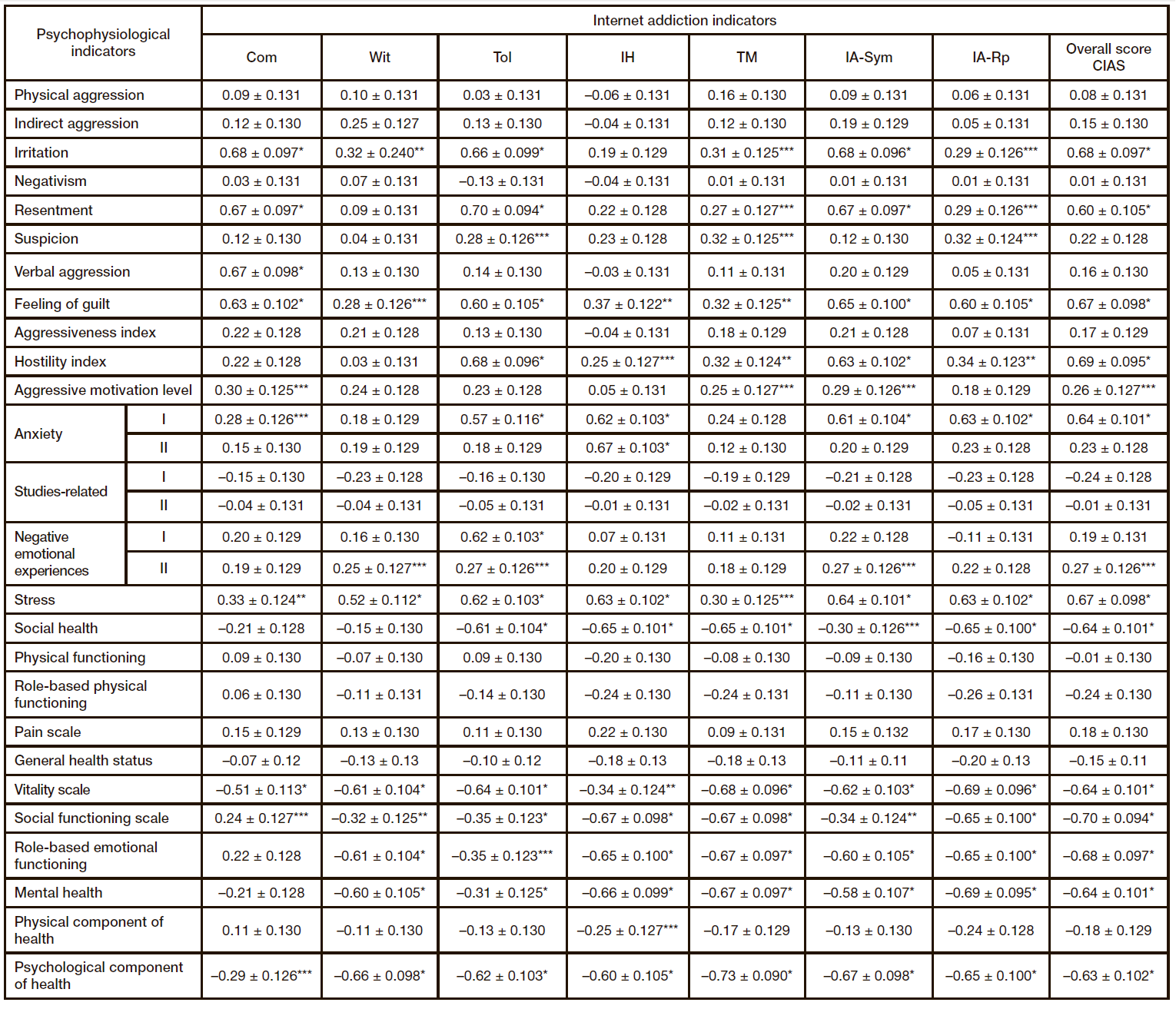
This article is an open access article distributed under the terms and conditions of the Creative Commons Attribution license (CC BY).
ORIGINAL RESEARCH
Psychophysiological features of students at different risk of internet-addictive behavior
1 Orenburg State Medical University, Orenburg, Russia
2 Federal Scientific Center of Hygiene, Moscow, Russia
Correspondence should be addressed: Olesya M. Zhdanova
Sovetskaya, 6, Orenburg, 460014, Russia; ur.xednay@srokobor
Author contribution: Setko NP — study design and concept, manuscript editing; Zhdanova OM — manuscript writing, collection and processing of the material, statistical processing; Setko AG — manuscript writing, editing; all authors — approval of the final version of the article, responsibility for integrity of all of its parts.
Compliance with ethical standards: the study was conducted in compliance with the principles of the Declaration of Helsinki (Fortaleza, 2013). Each participant of the study submitted a signed voluntary informed consent form.





